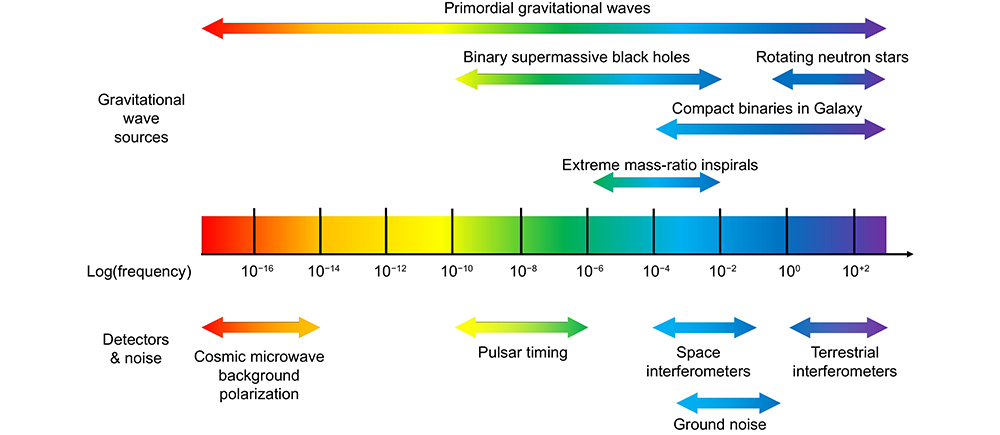Lanqiang Zhang, Yi Zeng, Xiaohu Wu, Jinsheng Yang, Xiaoli Ruan, Qiang Xin, Naiting Gu, Changhui Rao. Progress in the research of testing and evaluation techniques for spaceborne gravitational wave telescopes[J]. Opto-Electronic Engineering, 2024, 51(2): 240027
Search by keywords or author
- Opto-Electronic Engineering
- Vol. 51, Issue 2, 240027 (2024)
Note: This section is automatically generated by AI . The website and platform operators shall not be liable for any commercial or legal consequences arising from your use of AI generated content on this website. Please be aware of this.
Abstract

Set citation alerts for the article
Please enter your email address


 AI Video Guide
AI Video Guide  AI Picture Guide
AI Picture Guide AI One Sentence
AI One Sentence


